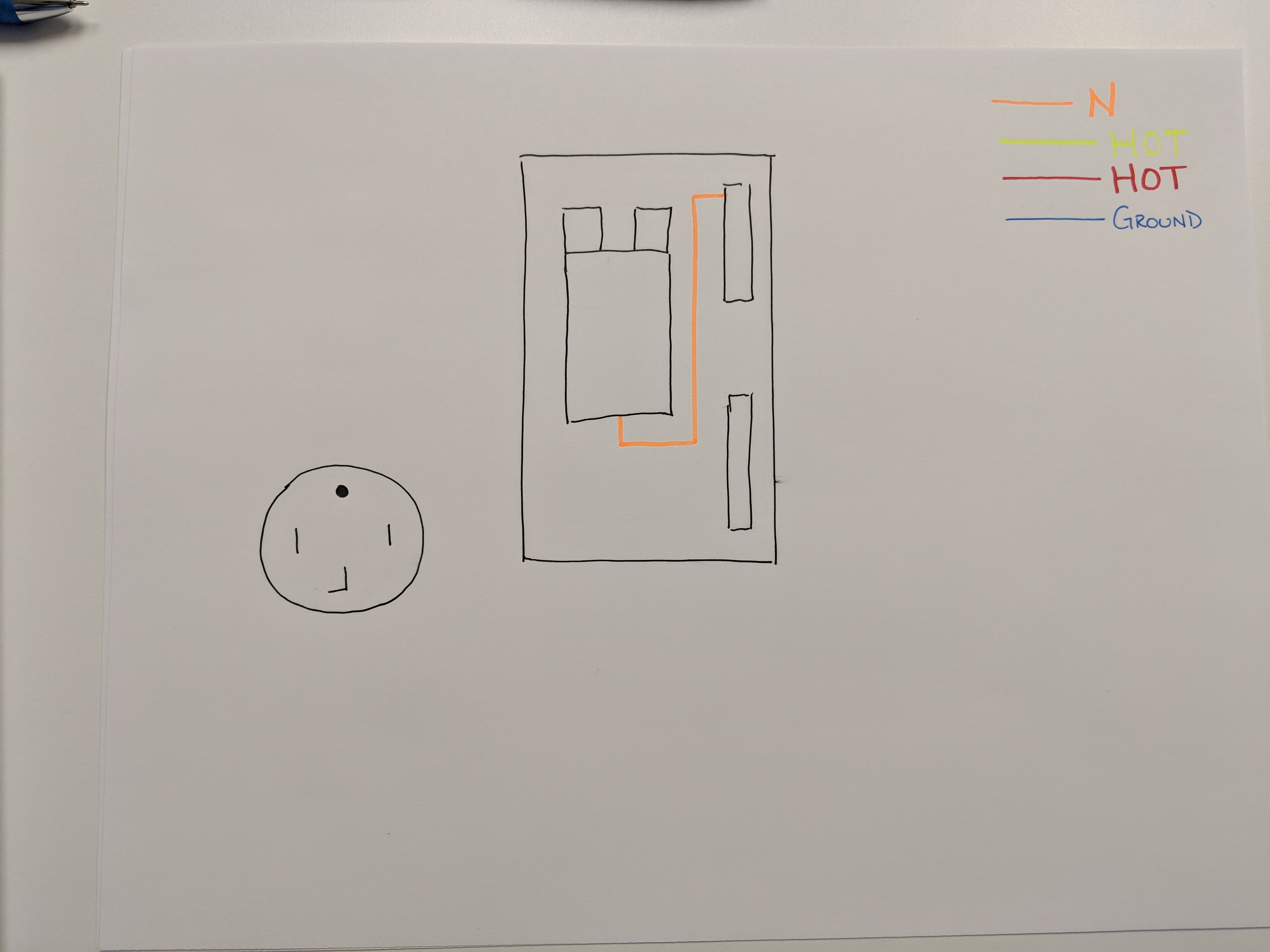specialkayme
Well-Known Member
What confuses me is, why isn't a company offering this stuff?
I can go to Spike and order a kettle, custom made. When it comes to the heating element, unless you want that one that they keep on their shelf, you gotta go somewhere else.
You go to that other place (Brewhardware, wherever) to get your heating element (and other fittings) and then you're on your own for the controls for the heating element (I'm not sure what good a 5500W heating element is if I can't control it).
You find someone who offers the controls, but you're on your own for the wiring.
You find all the wiring you need (typically at home depot or some other place) and they usually don't really have what you need, and have to special order GFCI parts (or other things) and cut plugs off wires inserting other plugs.
And that doesn't count the cost of the electrician to put in a 240v outlet if for some reason you don't have one.
It seems to me like the person that offers the heating element should offer the controls and the wiring. A one time, buy it and you're done package. I'm a handy person, so I don't know if I'd buy it myself, but having the option to pay $X at the time I buy my kettle, plut it into the wall and make some frickin beer sounds great. It seems like the markup would be there for a healthy profit margin, especially if you can get most of these parts at bulk pricing.
It's just odd to me that the only way to really get it done is to patch together 4 different pieces of equipment from 4 different vendors, slap some duct tape on it and hope your house doesn't burn down.
EDIT: I see Brewhardware offers some cables and plugs. I missed that originally.
I can go to Spike and order a kettle, custom made. When it comes to the heating element, unless you want that one that they keep on their shelf, you gotta go somewhere else.
You go to that other place (Brewhardware, wherever) to get your heating element (and other fittings) and then you're on your own for the controls for the heating element (I'm not sure what good a 5500W heating element is if I can't control it).
You find someone who offers the controls, but you're on your own for the wiring.
You find all the wiring you need (typically at home depot or some other place) and they usually don't really have what you need, and have to special order GFCI parts (or other things) and cut plugs off wires inserting other plugs.
And that doesn't count the cost of the electrician to put in a 240v outlet if for some reason you don't have one.
It seems to me like the person that offers the heating element should offer the controls and the wiring. A one time, buy it and you're done package. I'm a handy person, so I don't know if I'd buy it myself, but having the option to pay $X at the time I buy my kettle, plut it into the wall and make some frickin beer sounds great. It seems like the markup would be there for a healthy profit margin, especially if you can get most of these parts at bulk pricing.
It's just odd to me that the only way to really get it done is to patch together 4 different pieces of equipment from 4 different vendors, slap some duct tape on it and hope your house doesn't burn down.
EDIT: I see Brewhardware offers some cables and plugs. I missed that originally.






